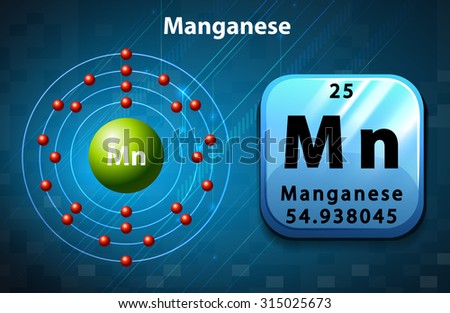As well as its atomic number Z and its most common. A = mass number = number of protons and neutrons in the most common (or most stable) nucleus. Manganese is the only common Group 7 element with the fifth largest abundance in the Earth's crust of any metal. It is most commonly found as manganese dioxide or manganese carbonate. 1 In 2007, 11 million metric tons of manganese were mined. Atomic Spectroscopy, by W.C. Wiese in Atomic, Molecular, & Optical Physics Handbook, ed. Drake (AIP, Woodbury, NY, 1996) Chapter 10, pp. This website is also cited in the CRC Handbook as source of Section 1, subsection Electron Configuration of Neutral Atoms in the Ground State. 91 Pa: Rn 5f 2 (3 H 4) 6d 7s 2.
Molar mass of Mn = 54.938049 g/mol
Atomic Mass Of Manganese Dioxide
Convert grams Manganese to moles or moles Manganese to grams
| Symbol | # of Atoms | Manganese | Mn | 54.938049 | 1 | 100.000% |
Cakewalk sound cards & media devices driver.
In chemistry, the formula weight is a quantity computed by multiplying the atomic weight (in atomic mass units) of each element in a chemical formula by the number of atoms of that element present in the formula, then adding all of these products together.
The atomic weights used on this site come from NIST, the National Institute of Standards and Technology. We use the most common isotopes. This is how to calculate molar mass (average molecular weight), which is based on isotropically weighted averages. This is not the same as molecular mass, which is the mass of a single molecule of well-defined isotopes. For bulk stoichiometric calculations, we are usually determining molar mass, which may also be called standard atomic weight or average atomic mass.
Using the chemical formula of the compound and the periodic table of elements, we can add up the atomic weights and calculate molecular weight of the substance.
Atomic Mass Of Manganese In Grams

Finding molar mass starts with units of grams per mole (g/mol). When calculating molecular weight of a chemical compound, it tells us how many grams are in one mole of that substance. The formula weight is simply the weight in atomic mass units of all the atoms in a given formula.
A common request on this site is to convert grams to moles. To complete this calculation, you have to know what substance you are trying to convert. The reason is that the molar mass of the substance affects the conversion. This site explains how to find molar mass.
Formula weights are especially useful in determining the relative weights of reagents and products in a chemical reaction. These relative weights computed from the chemical equation are sometimes called equation weights.
If the formula used in calculating molar mass is the molecular formula, the formula weight computed is the molecular weight. The percentage by weight of any atom or group of atoms in a compound can be computed by dividing the total weight of the atom (or group of atoms) in the formula by the formula weight and multiplying by 100.
